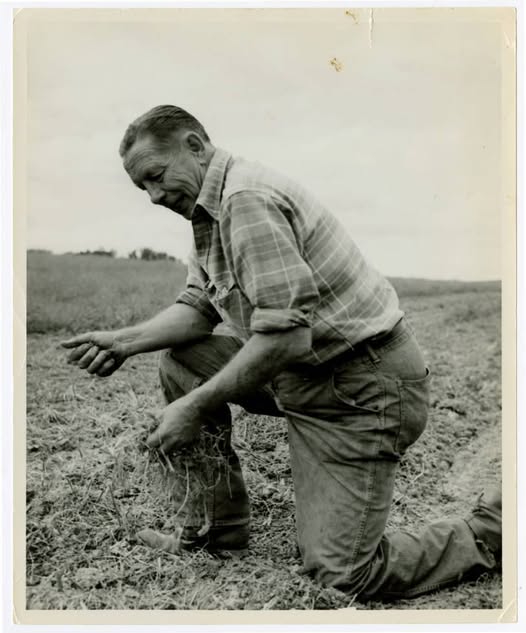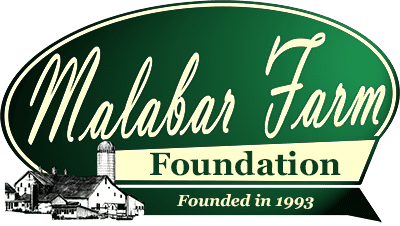The first thing many visitors to the Big House at Malabar Farm notice is the impressive array of artifacts connected to Louis Bromfield’s writings and his association with Hollywood icons of the time. The Big House is impressive with its grand staircase, Bromfield’s elegant oversized desk, and artwork from famous artists sprinkled throughout, but there is another side of the story that might be missed amidst the Hollywood glamour and glitz. Bromfield was a writer by profession, but his first love was agriculture and working the land. This aspect was highlighted in an article featured in Investor’s Business Daily.

Early Connection to Agriculture
Upon graduating high school, young Bromfield and his parents moved to the Coulter Farm and Louis decided to enroll in Cornell Agricultural College to study scientific agriculture. His college career was short-lived and he moved back to Ohio, after only a year of study, to help run the family farm. One year later, he enrolled in Columbia University’s School of Journalism. This was short-lived as well, and he decided to enlist in the army and served his tour in Europe.
When in Europe, his interests once again turned to agriculture. Bromfield had the opportunity to observe French agricultural methods, which were a contrast to American farming methods of the time. French methods focused on self-sufficiency and caring for the land so that it would remain productive and fruitful for years to come.
After being discharged from the Army, Bromfield would return to the United States and begin his writing career in earnest, first working for the New York City News Service. In 1921, Bromfield married socialite Mary Appleton Wood. In January of 1925, the family took a month-long vacation in France, and ended up taking out a 50-year lease on a home in Senlis. They would remain there until 1938 when war was on the horizon, and they returned to Ohio.
Returning to the Land
Soon after returning to Ohio, Bromfield’s passion for farming would once again resurface when he purchased three farms, which would become the familiar Malabar Farm. Bromfield continued to write to fund his passion for agriculture, and the farm would soon become a showcase for what Bromfield called “new agriculture.” What Bromfield taught to the many visitors, who were fortunate enough to have visited the farm during these years, involved practices such as contour farming and others that are now a part of modern-day sustainable agriculture and regenerative farming.
Bromfield’s passion for farming methods that did not destroy the land, but worked in harmony with it, was evident. Many of Bromfield’s later books focused on passing down the practices that would shape how many viewed farming. The books “Pleasant Valley” and “Out of the Earth” give you a glimpse of the ideas that Bromfield made his life-long duty to teach.
When you visit Malabar Farm, try to look beyond the novelist and explore Bromfield’s first love and dedication to preserving something for future generations. This is his true legacy, and it lives on as more are beginning to realize that developing farming practices that preserve and regenerate the land is essential. Bromfield was considered a pioneer in spreading the movements that continue to grow in the world of agriculture today.
